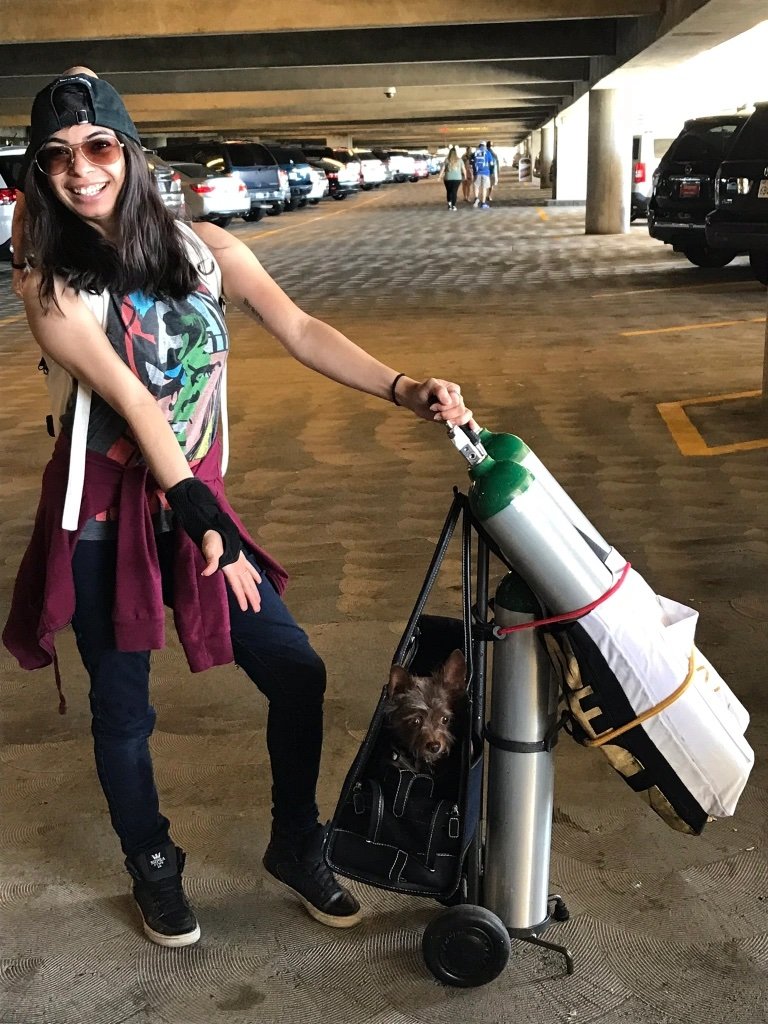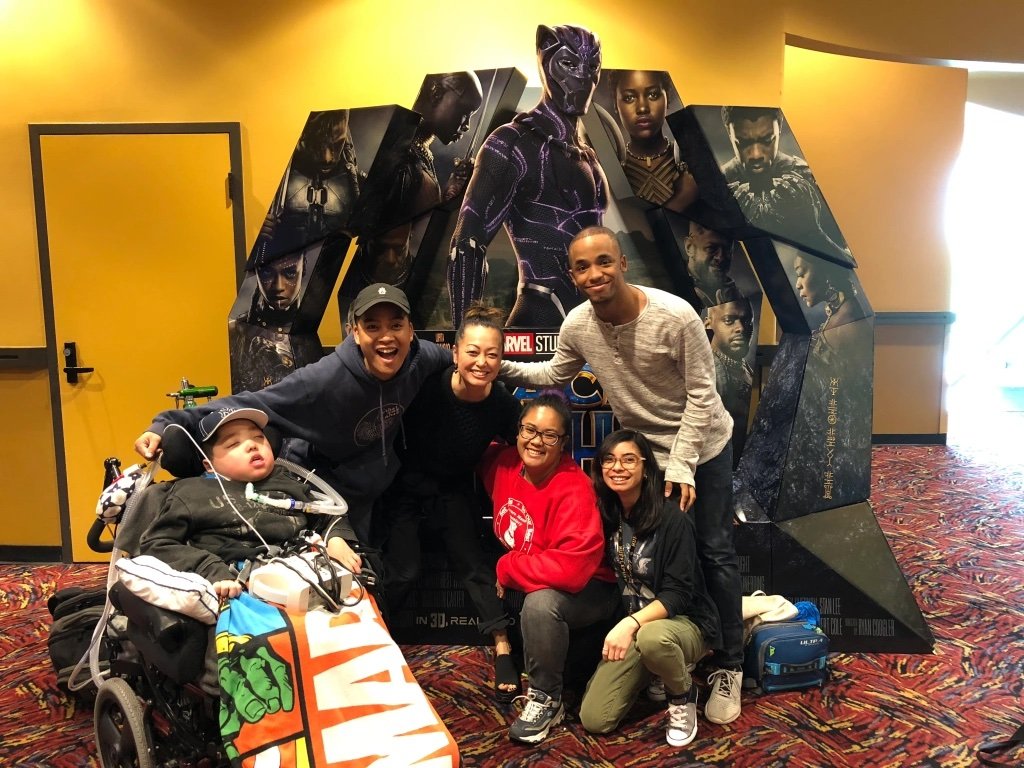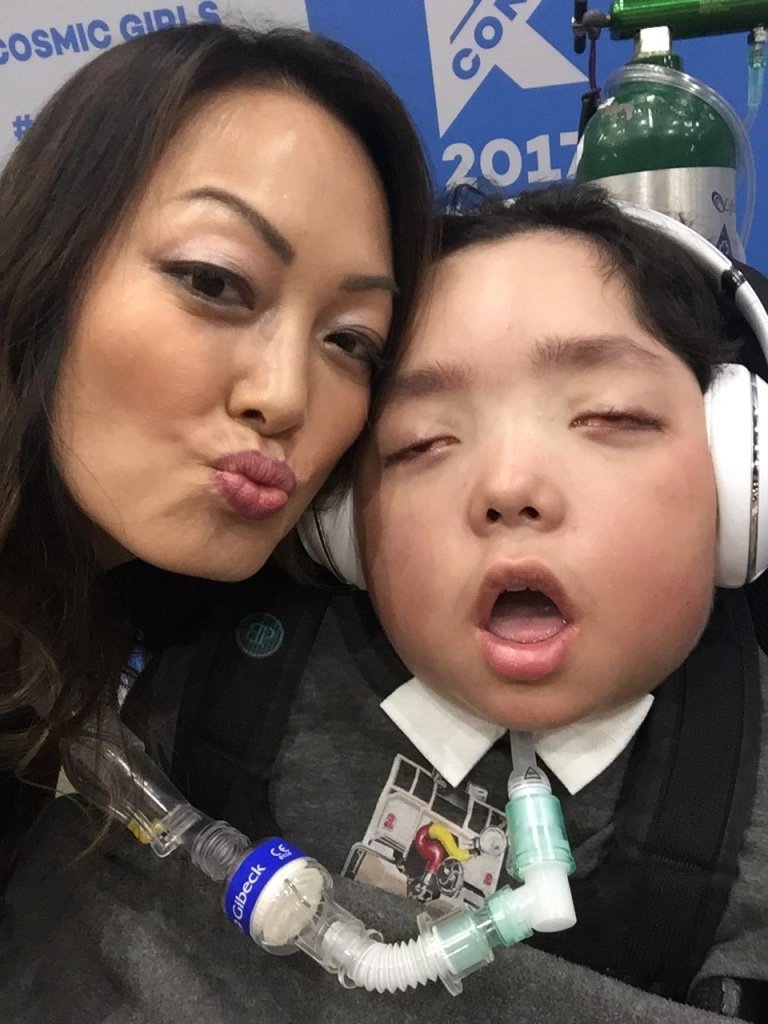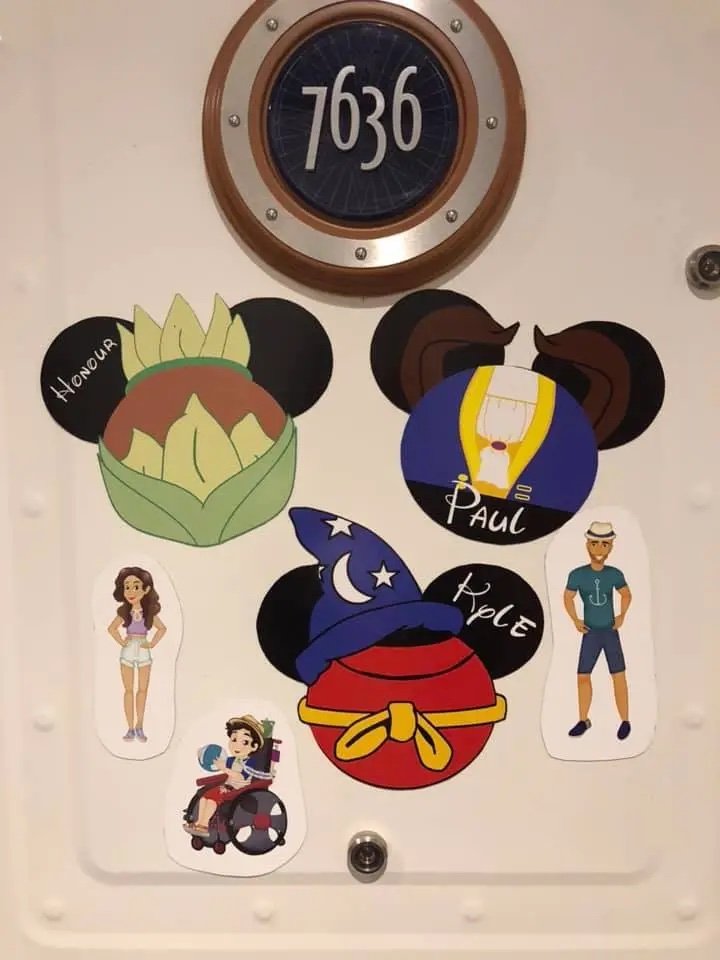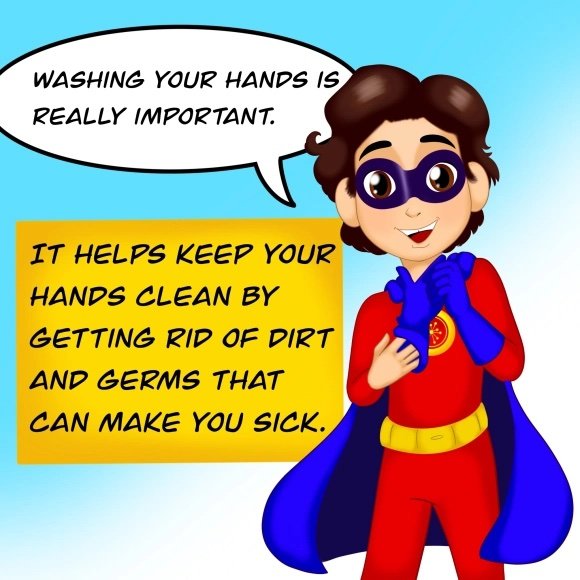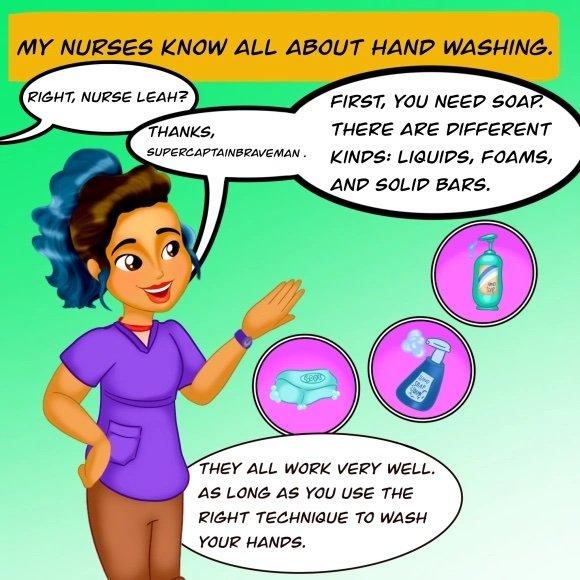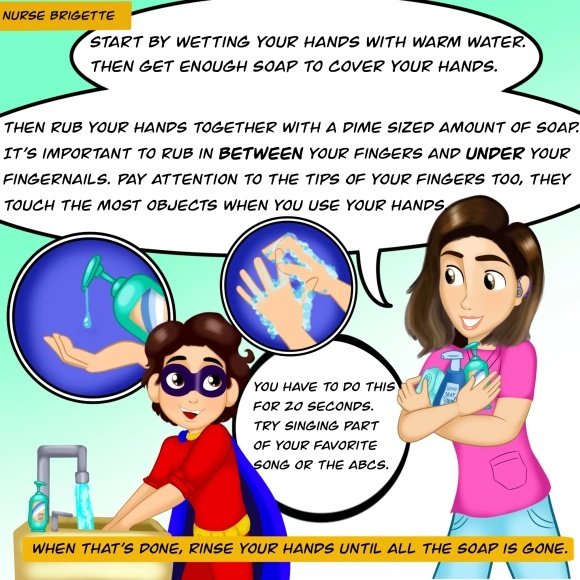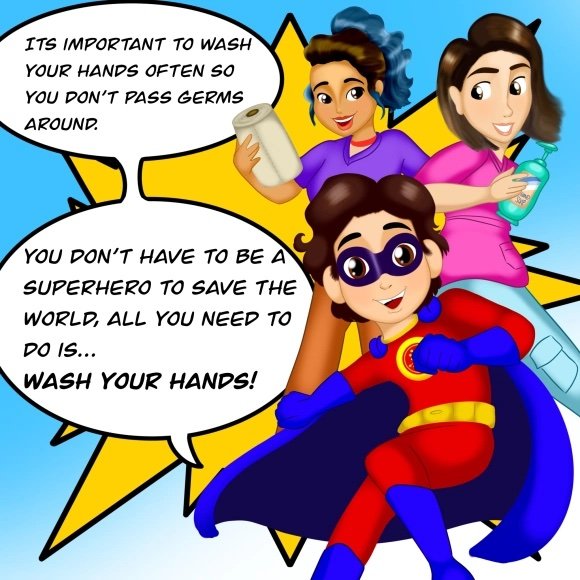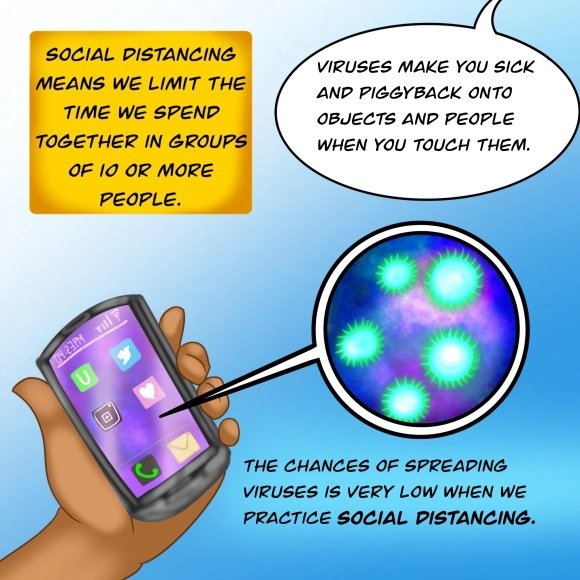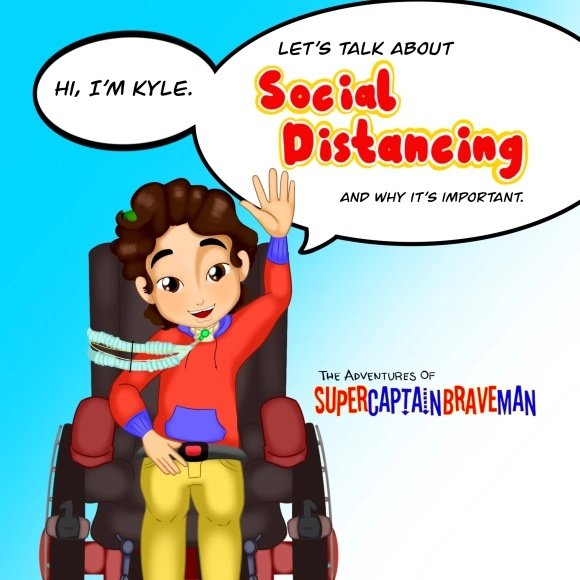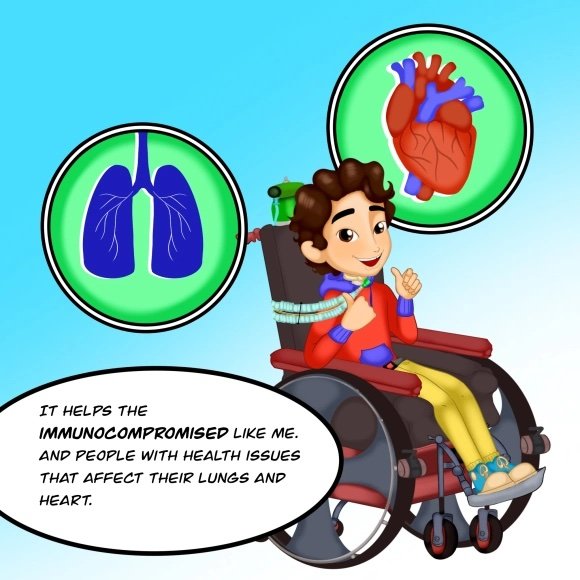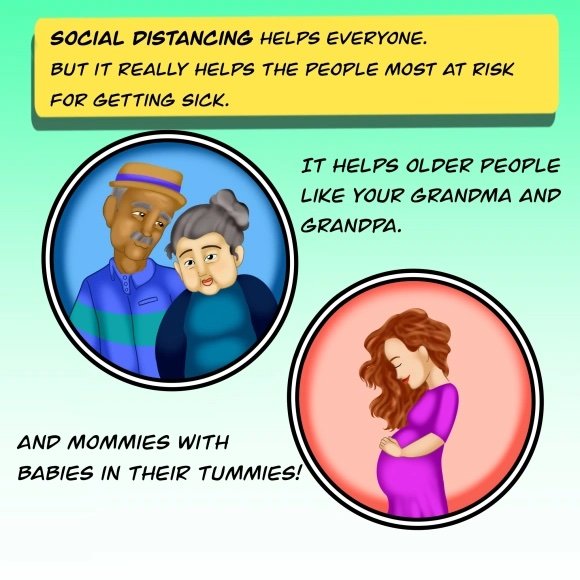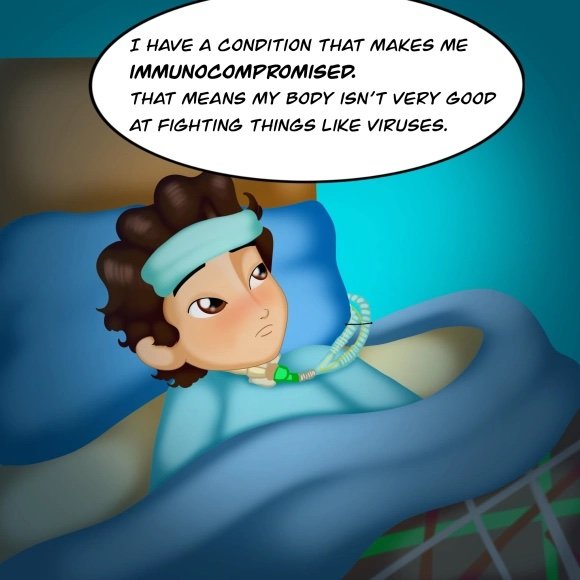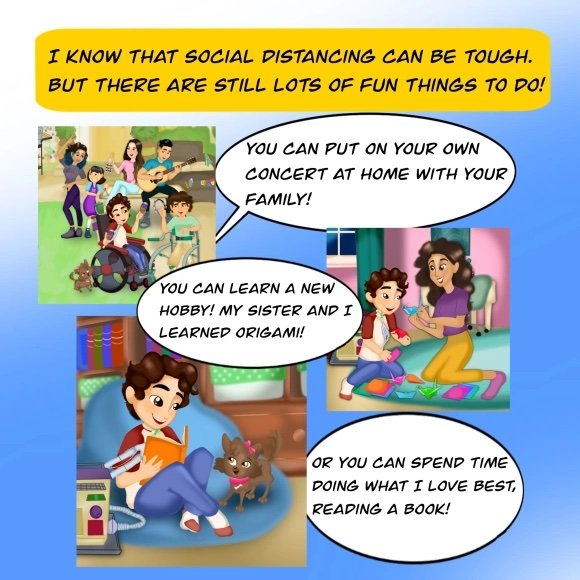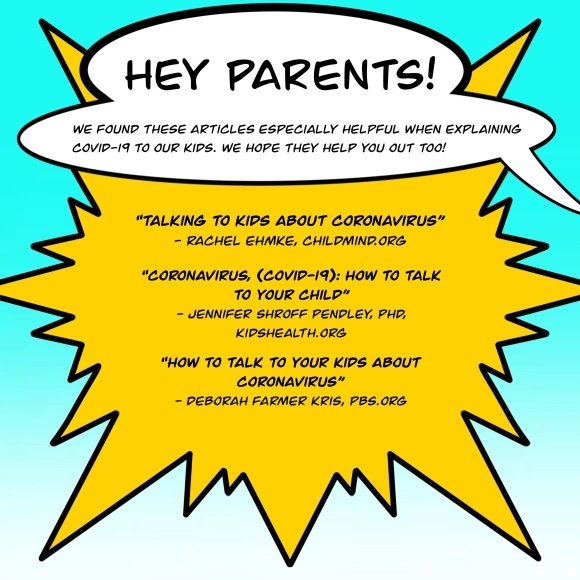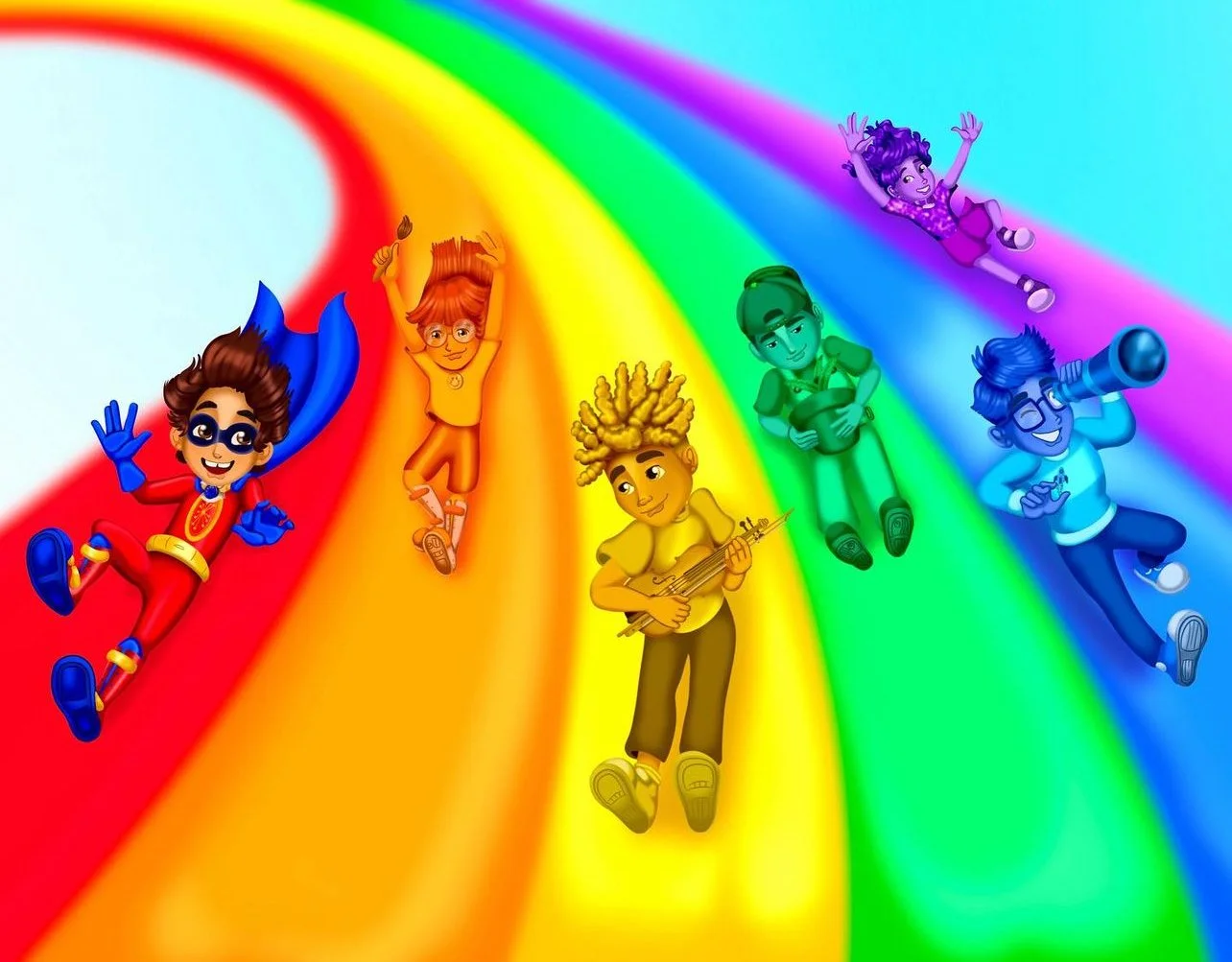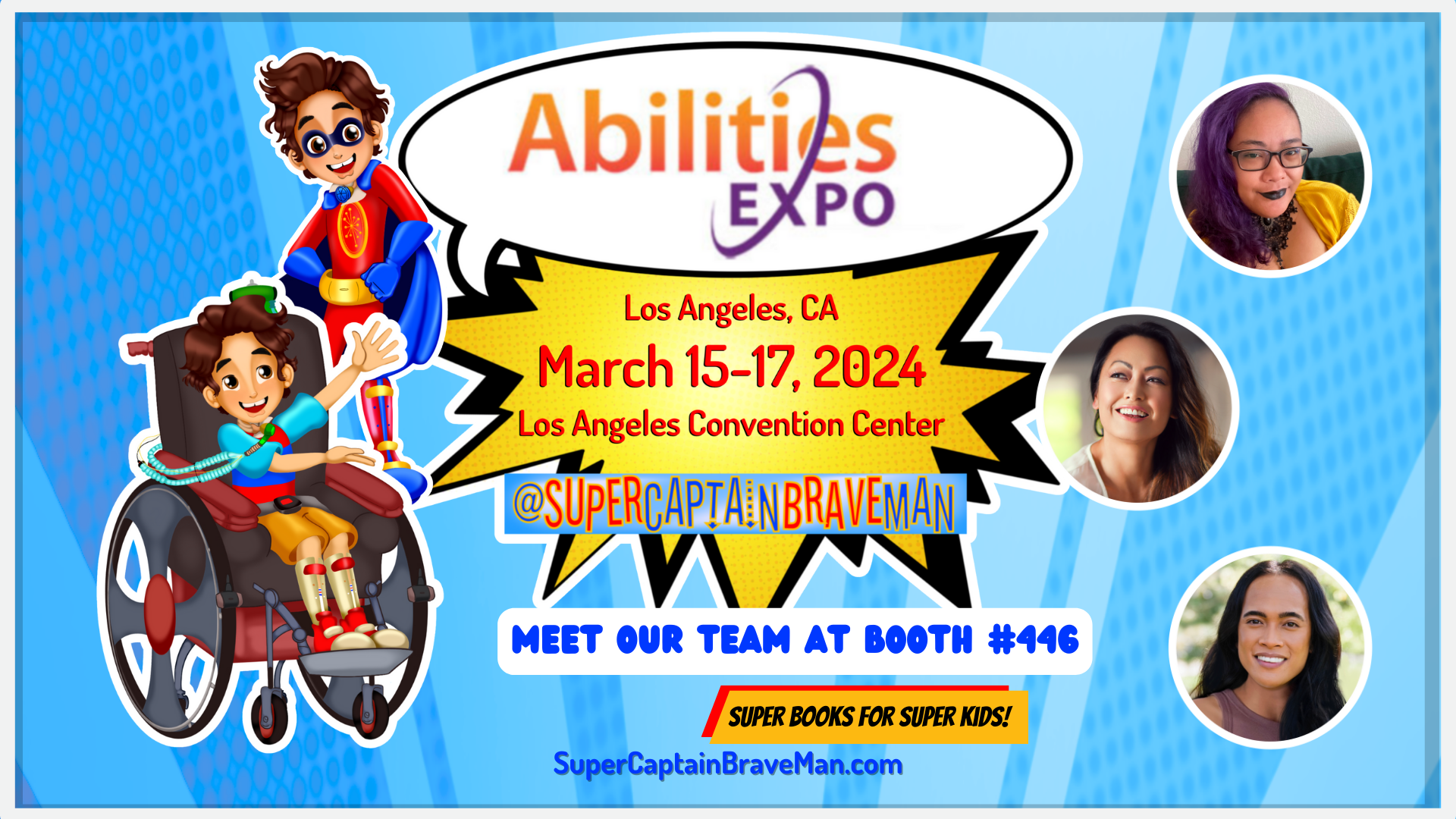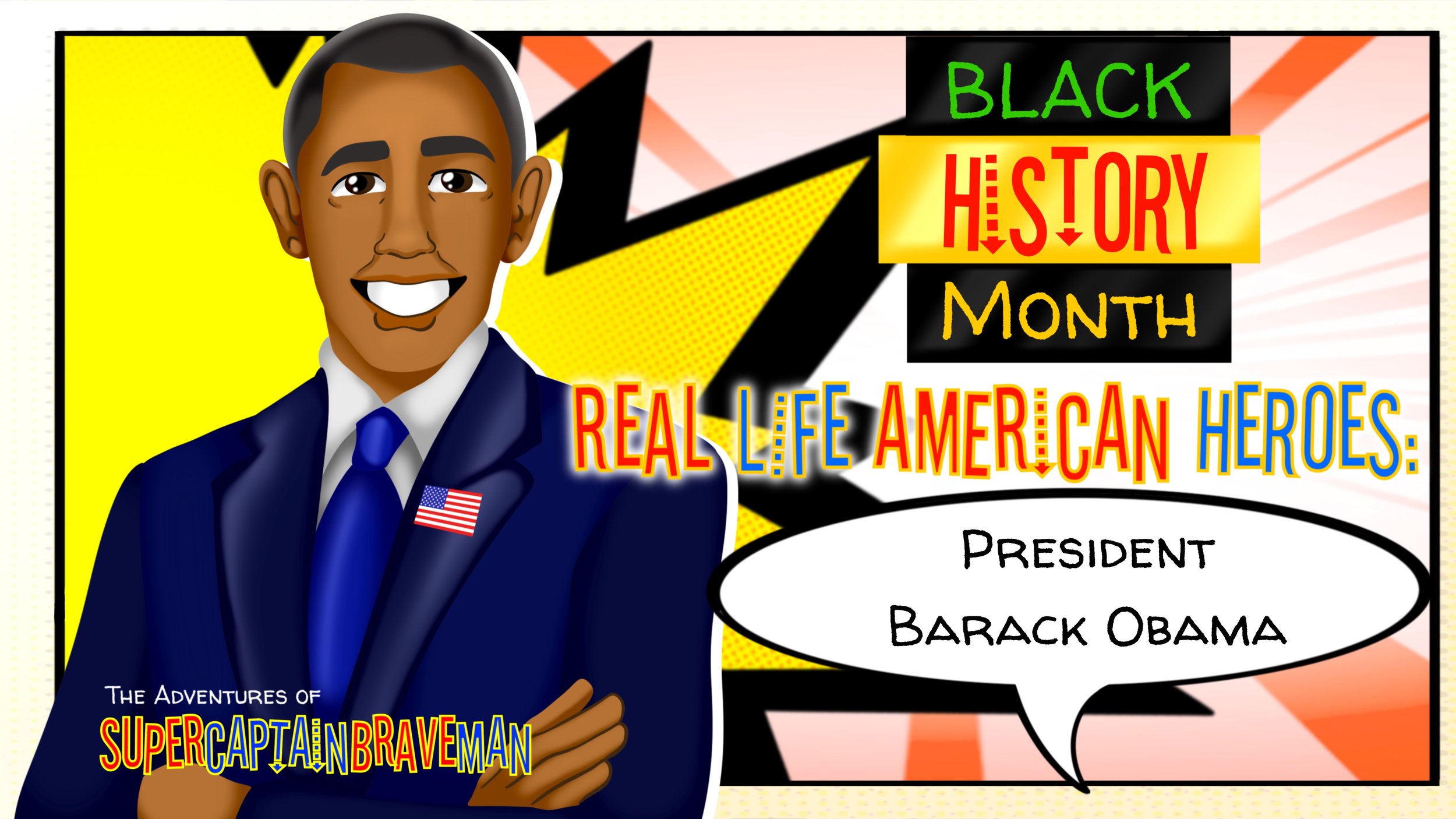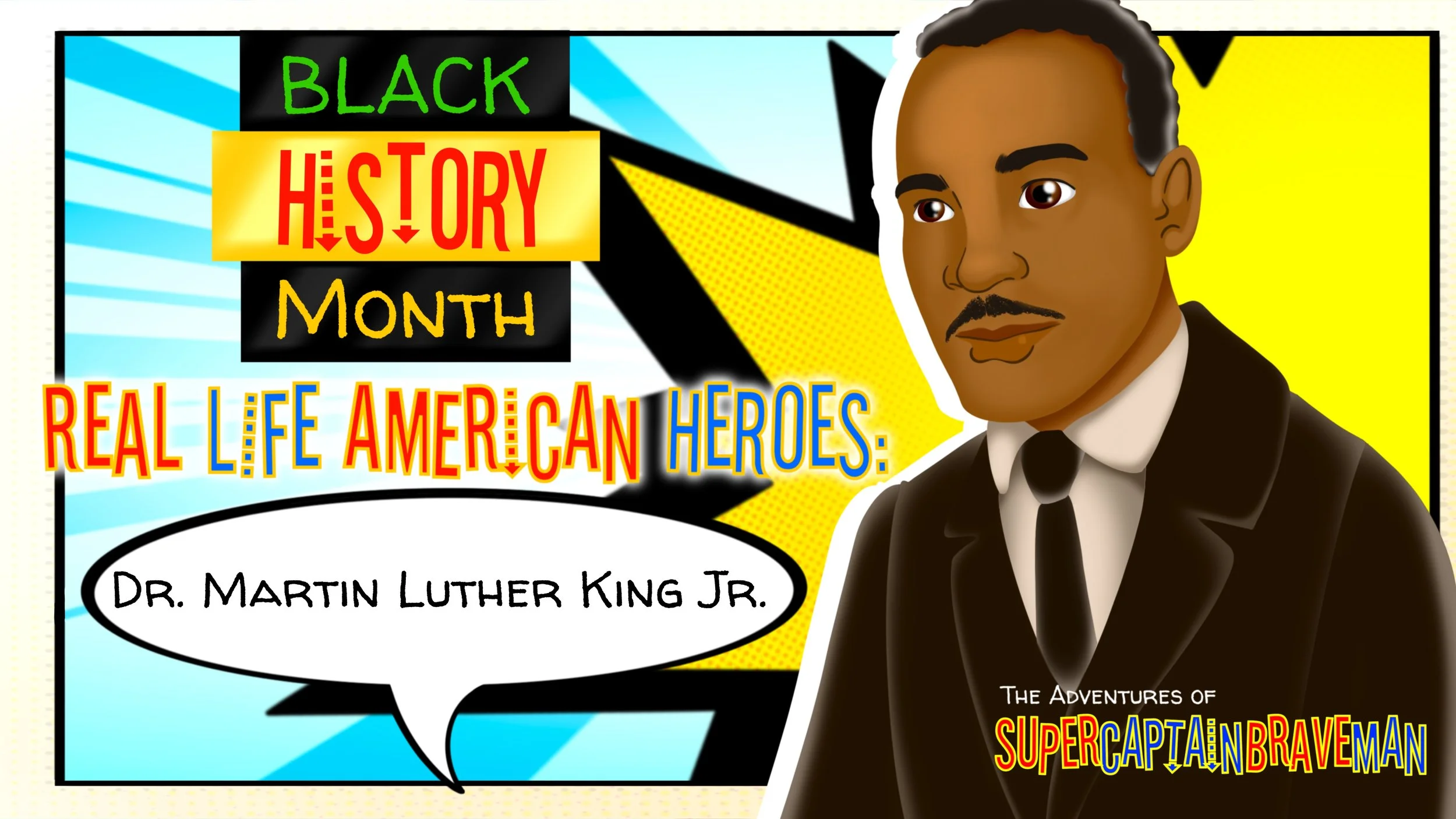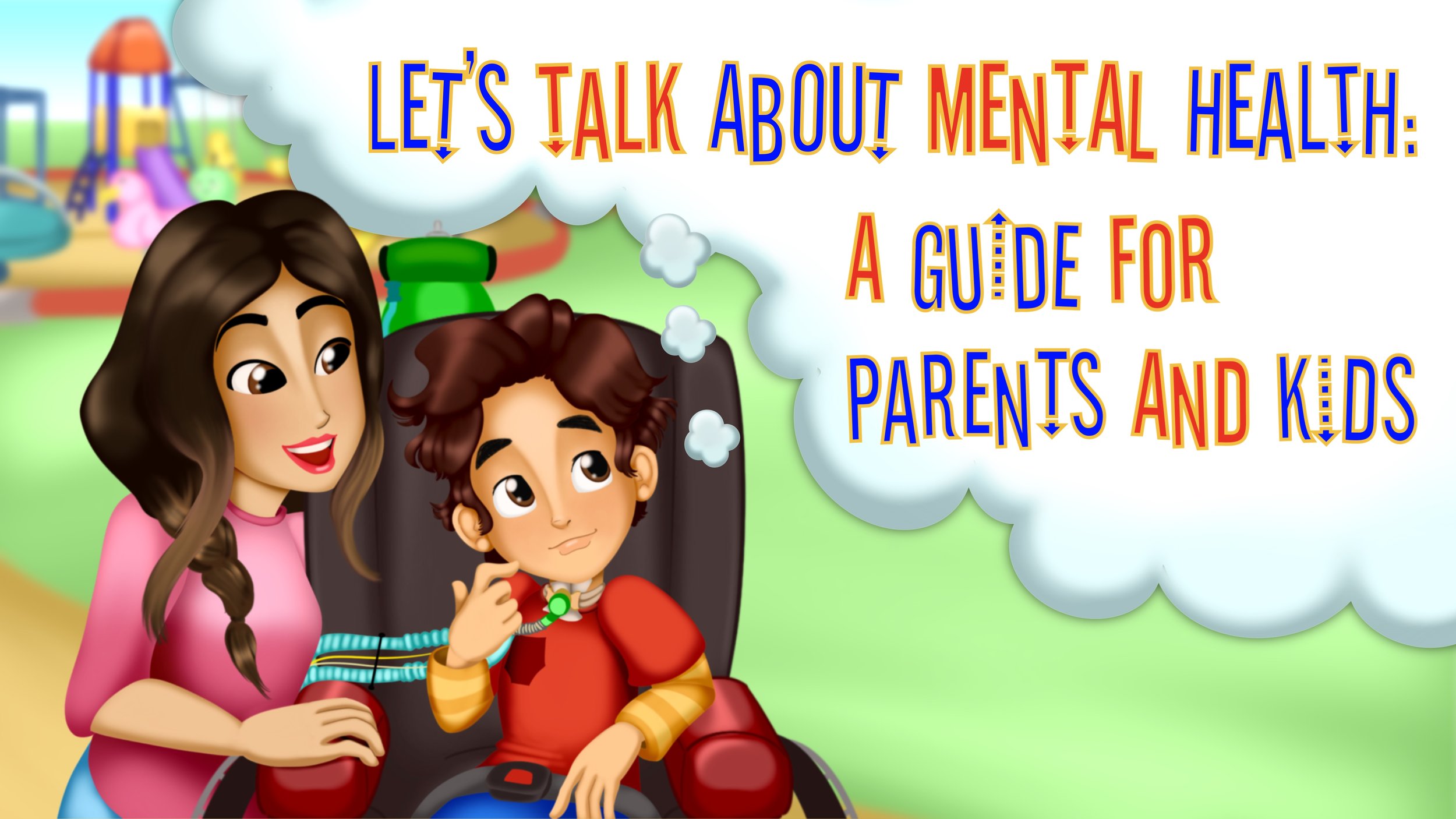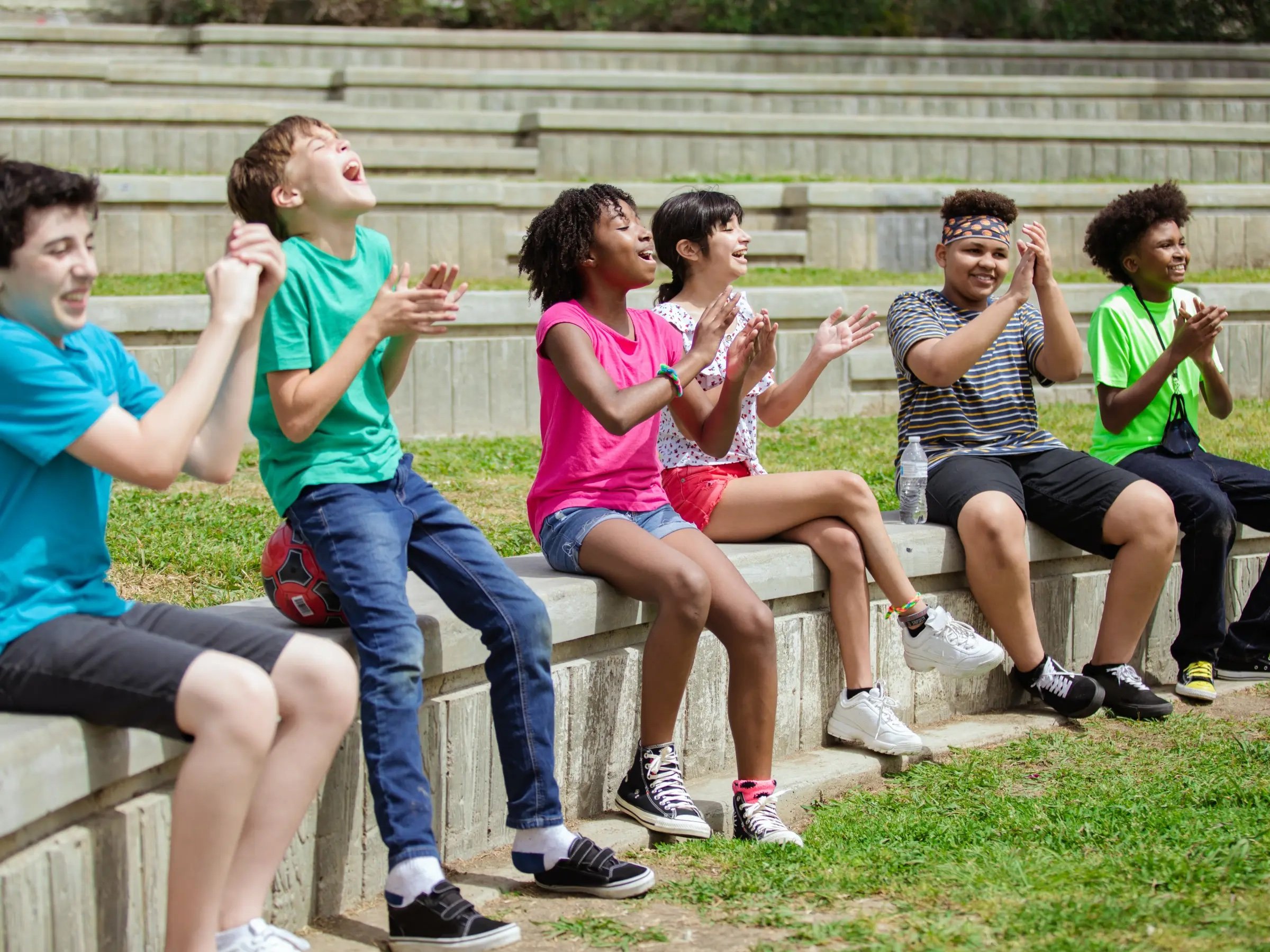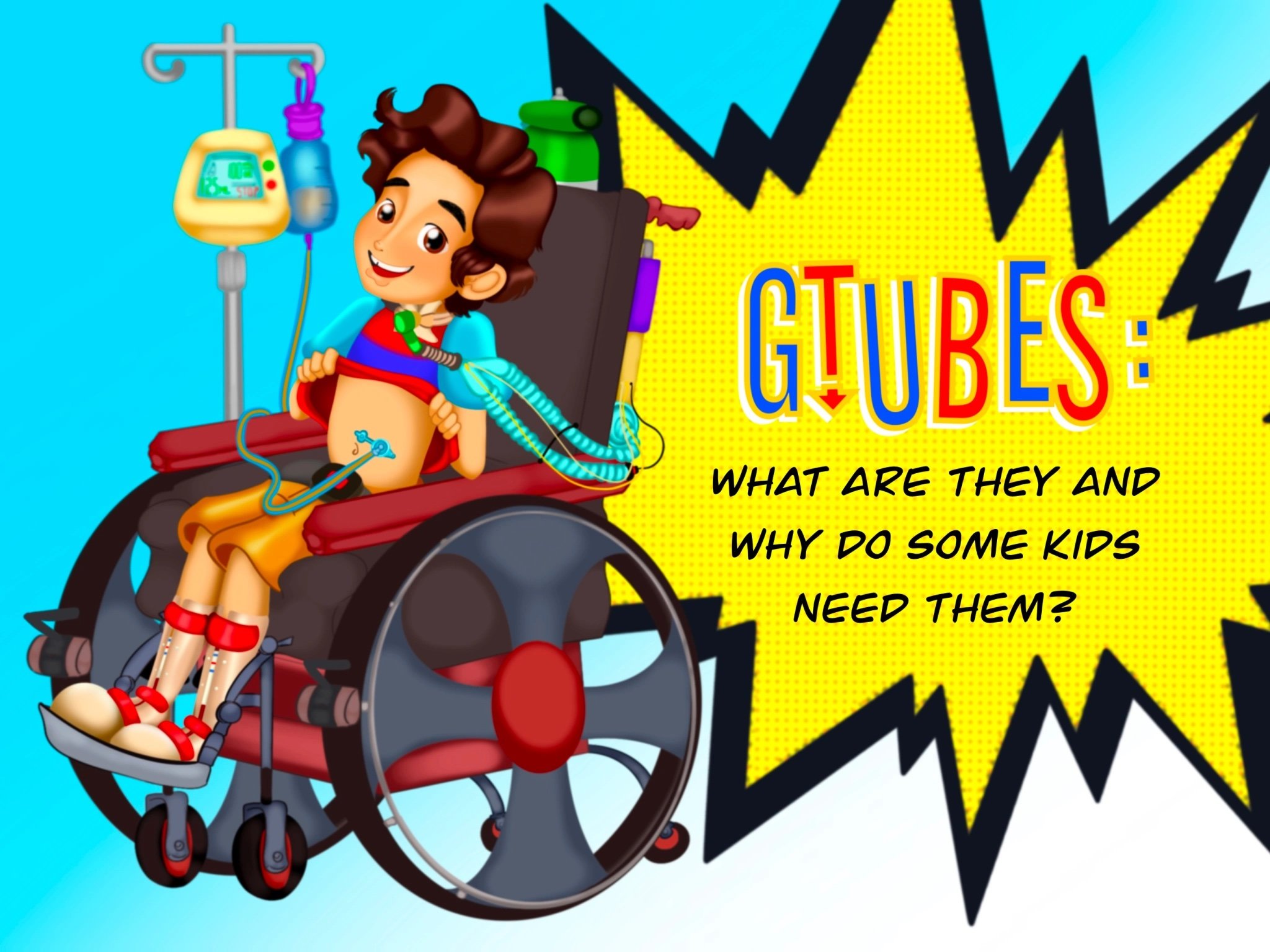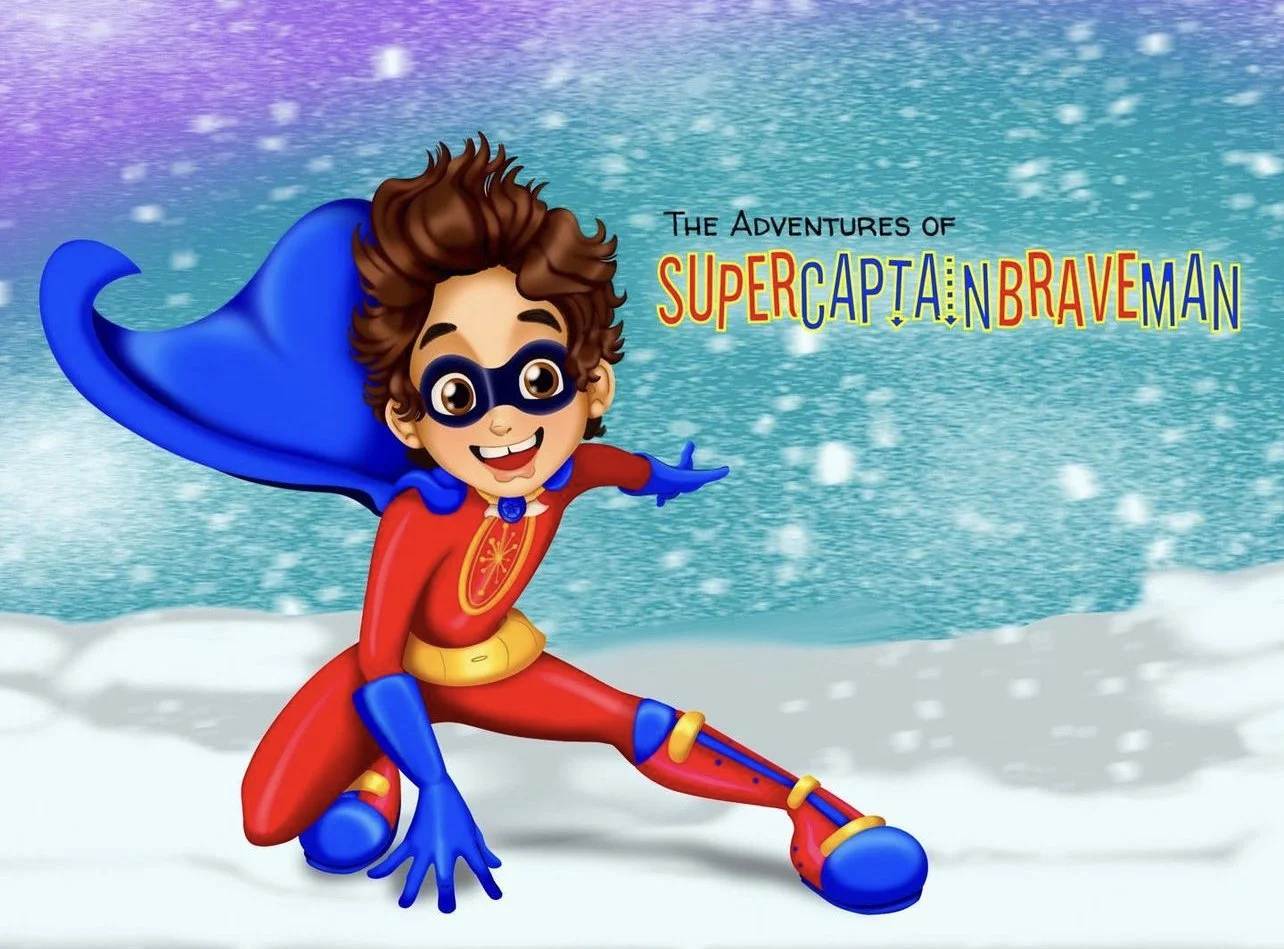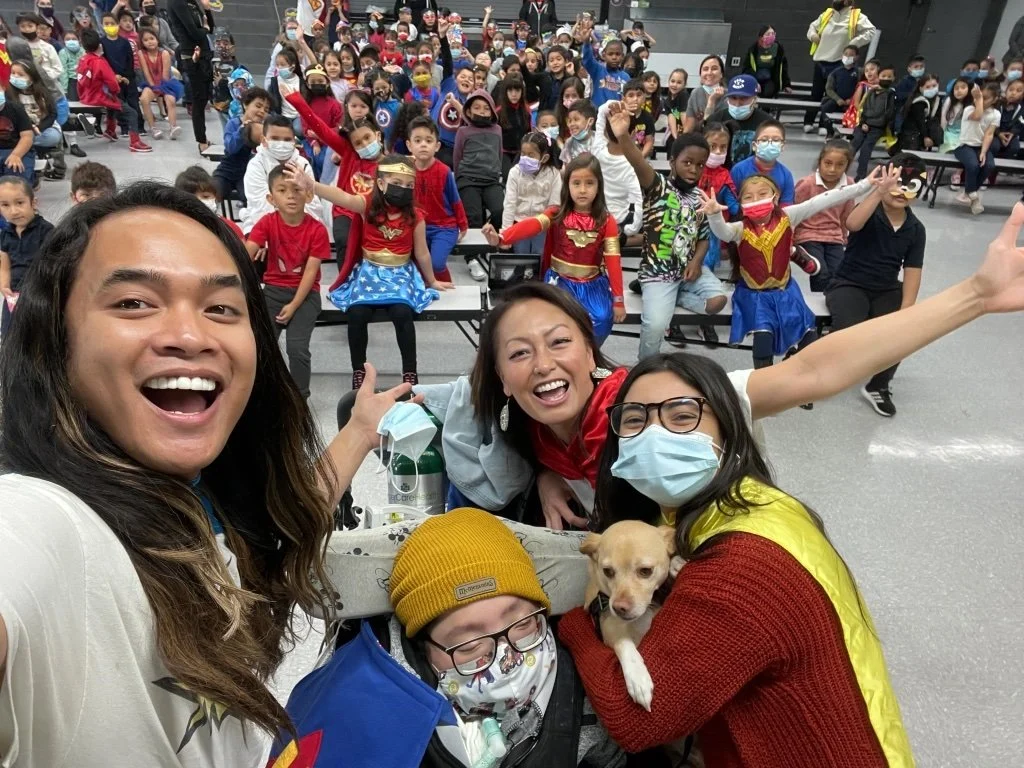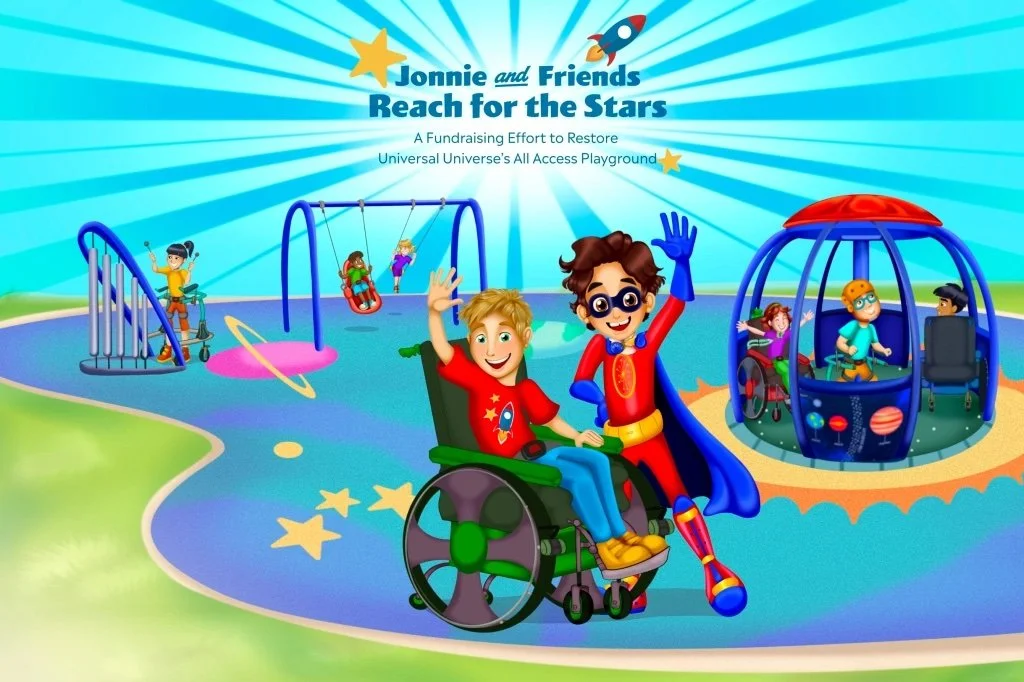Going on a Day Trip
/Hello SuperCaptainBraveFAM!
Disclaimer: Please be aware that the information below is based on our own experiences and, to our knowledge, correct as of January 2020. Procedures and facilities may change when locations re-open.
Once upon a time, and in a soon-to-be time once again, we went on day trips with Kyle. Living in Southern California, there are many sights to see and places to visit.
Learning about the space shuttle Endeavor at the California Science Center.
We’ve been to the Getty Villa and learned about Greek and Roman artwork. We’ve taken Kyle to the zoo, the Natural History Museum, and our local outdoor theater to watch “A Midsummer Night’s Dream”.
But it’s not just about trips that make any school field trip planner proud. It’s about pure fun, too.
We visit pop up art locations, local amusement parks like Universal Studios and the Disneyland Resort, and—more recently—drive through exhibits like the Holiday Road light show this past Christmas.
Visiting Disneyland in 2018
But for all of these trips, research had to be done to find out the usual details. Where is it located? How much are tickets? Are there tickets? Will we have to pay for parking? Where are the First Aid Stations? Where are the elevators? Are there elevators? Will there be grounded outlets available in case our batteries need to be recharged?
Every family has a checklist. And yours might not include the last 4 on ours. But if it does, I’m here to share some of the tips and tricks we’ve learned over the years to make day trips as fun and safe as possible.
The question at the top of our travel list is always: how long will we be out?
As a ventilator and oxygen dependent child, the amount of battery life and oxygen in his tanks is limited. We’ve definitely had to brush off some math skills to calculate how long an oxygen tank will last on a trip and how many tanks we should bring with us. Along with how many tanks are allowed at any particular venue.
Our rule of thumb is bringing at least 2 extra oxygen tanks when we go out for the day. Depending on where we’re going, oxygen tanks might not be allowed. So, we’ve had to check online and call different locations if we have any questions.
Nurse Brigette with extra oxygen tanks for the day.
Luckily, this information is relatively easy to find out. The majority of locations—museums, amusement parks, even pop-up exhibits—have a “Contact Us” page with an email and phone number. All we have to do is ask our questions.
I can only remember one instance where having an oxygen tank with us posed a bit of a problem. And the issue had to do with a pyrotechnic aspect of the show we watched. The team member I spoke to was extremely helpful in explaining what alternatives were available to us. And we all got to watch the show—with Kyle using his portable oxygen concentrator for a short while in lieu of his oxygen tank.
Another question we need answered when we go out is: how accessible is the location?
Watching The Nightmare Before Christmas LIVE! @ the Hollywood Bowl, Oct. 2018
Thanks to the Americans with Disabilities Act, many buildings have wheelchair access. Disabled parking spaces, ramps, and elevators are among the things we look for when considering a place to visit.
A prime example of how different locations adapt to these accessibility concerns is the movie theater. Kyle loves watching movies and live shows in the theater. And of all the theaters we’ve visited, several are definitely higher on our list of “theaters to visit”.
In the age of online ticket purchasing, I’m sure many of you have had to pick your seats among a grid of colored squares. And on this grid, you’ll find specialized wheelchair and wheelchair companion seats.
Some movie theaters might have these seats on “ground level” or the same level as the entrance to the theater. Some have them in the back row—if the entrance to the theater is near the back row of seats. Some have the seats at or near the very front right by the screen.
And some—like Kyle’s favorite movie theater—have seating near the top of the theater and is accessible through special elevators and hallways.
There were a few times the elevators malfunctioned. These things happen. And each time, the staff at the movie theater did their best to offer us alternatives ranging from ticket vouchers to another showing, to ticket exchanges to a different movie in a theater we could access, to the option of an escort for using the service elevator instead.
Excited to watch Black Panther at our favorite movie theater
Using the service elevator was fun. Every kid has a dream of exploring a cave system at least once in their life. And travelling the echoing, bare cement back hallways of a movie theater was definitely the 21st century equivalent of a cave system. One that smelled of popcorn.
These options were offered to us when we asked what we could do next. So, don’t be afraid to call your local movie theater—when it’s safe to watch movies in theaters again—and ask any questions you have.
Question 3 on our checklist is: where are the First Aid Stations?
It’s along the lines of knowing your fire exits. If you need emergency care, or a quiet place to care for the needs of your child, or a place to store medication that needs to be refrigerated, then knowing where the First Aid Stations are is an important part of going on a day trip with a special-needs member in your group.
When visiting places like museums or theaters, there might not be a dedicated area for first aid that has a qualified employee that can help. In that case, we make sure that we have what we might need with us and that it’s stuff we can carry comfortably.
Jennifer Norman and Kyle at KCON 2017
Being half-Korean, Kyle and his mom, SuperCaptainBraveMan author Jennifer Norman, attended KCON in 2017 with some of his nursing team. KCON is the world’s largest fan celebration of Korean culture and music. And was held that year at the Los Angeles Convention Center. While there, the staff showed us to the First Aid room and were very responsive to our questions during the K-Pop performances at the nearby Staples Center. (The elevators used to get to the seating area are pretty cool.)
Amusement & theme parks, convention centers, and sports complexes often have dedicated First Aid Stations staffed by qualified employees like EMTs, LVNs/LPNs, or even RNs.
The Disneyland Resort, for instance, has a First Aid Station in both parks staffed by Registered Nurses. Universal Studios Hollywood also has one adjacent to the Animal Actors amphitheater in the Upper Lot and a second one in the Lower Lot. There is also an active LAFD Fire Station on the Universal Studios property.
In both cases, we stopped by each First Aid Station and filled out paperwork outlining our equipment and supplies. In the case of Disneyland, we were allowed to store our extra oxygen tanks at the First Aid Station. While there, we were also given a list of rides/attractions that were wheelchair accessible—which was a longer list than I’d anticipated, TBH. (More about that in a future post.)
These stations were also a good place for some quiet when the excitement of the day came close to overstimulating Kyle. But I wouldn’t recommend camping out on a bed when it might be needed for another person. Heat stroke is definitely no joke.
There are usually several semi-hidden spots in theme parks for overstimulated kids and their parents to hang out and rest. Be sure to ask at the ticket counter or guest services and they’re sure to offer a few suggestions. Facebook groups and similar online forums are a good place to ask for specific attractions and events local to you.
Now, it seems like it’s been ages since many of us have gone on a vacation or even a day trip. For many, it was as simple as picking a place to go, making sure we were dressed correctly for the activity, pack a snack, and getting in the car.
For those living adaptive lives and their families, a day out might have a few more steps, but those steps lead to a heap of fun.
What tips and tricks do you use when planning day trips with your family? Comment down below or share them with us on our Facebook page.
As always, stay safe and stay brave, SuperCaptainBraveFAM!
Kyle's decorated stateroom door on our 2019 Disney cruise
Blog preview:
We are a big Disney family. And Kyle has visited Disneyland on multiple occasions and even went on a Disney cruise in 2019! I’ve got a whole blog series planned about our trips, including how we managed a 3-day stint at sea.
So, join our mailing list and don’t forget to like & follow SuperCaptainBraveMan on social media to hear all about it!
Instagram: @supercaptainbraveman
Facebook: www.facebook.com/supercaptainbraveman




